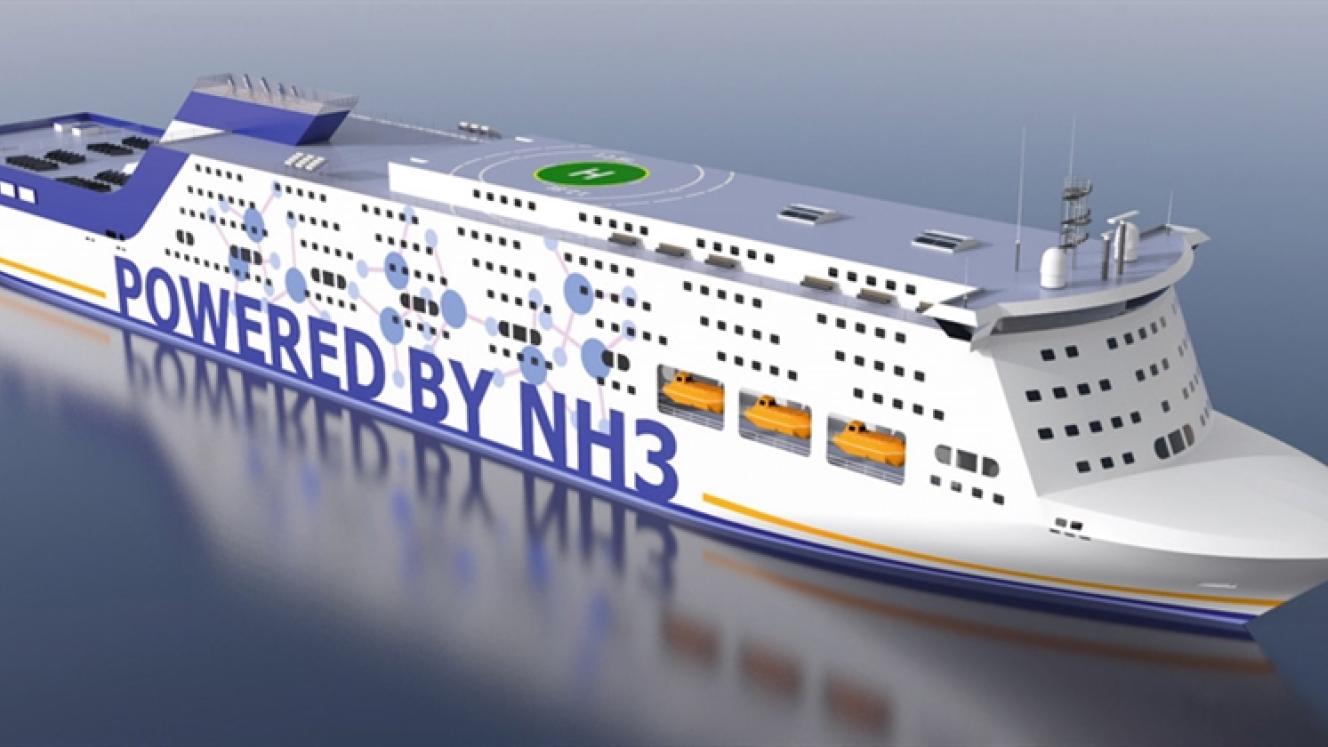Biofuels, ammonia, and hydrogen will meet 80%+ of maritime (box ships, dry bulk, tankers) fuel requirements in 2070, with ammonia expected to be the most-used fuel.
That’s according to a new study just released by the International Energy Agency (IEA) titled Energy Technology Perspectives 2020.
It finds that transitioning just the power sector to clean energy would get the world only one-third of the way to net-zero emissions. Completing the journey will require devoting far more attention to the transport, industry and buildings sectors, which today account for about 55% of CO2 emissions from the energy system. Much greater use of electricity in these sectors – for powering electric vehicles, recycling metals, heating buildings and many other tasks – can make the single largest contribution to reaching net-zero emissions, according to the report, although many more technologies will be needed.
“Solar is leading renewables to new heights in markets across the globe, ultra-low interest rates can help finance a growing number of clean energy projects, more governments and companies are throwing their weight behind these critical technologies, and all-important energy innovation may be about to take off,” said Dr Fatih Birol, the IEA’s executive director. “However, we need even more countries and businesses to get on board, we need to redouble efforts to bring energy access to all those who currently lack it, and we need to tackle emissions from the vast amounts of existing energy infrastructure in use worldwide that threaten to put our shared goals out of reach.”













